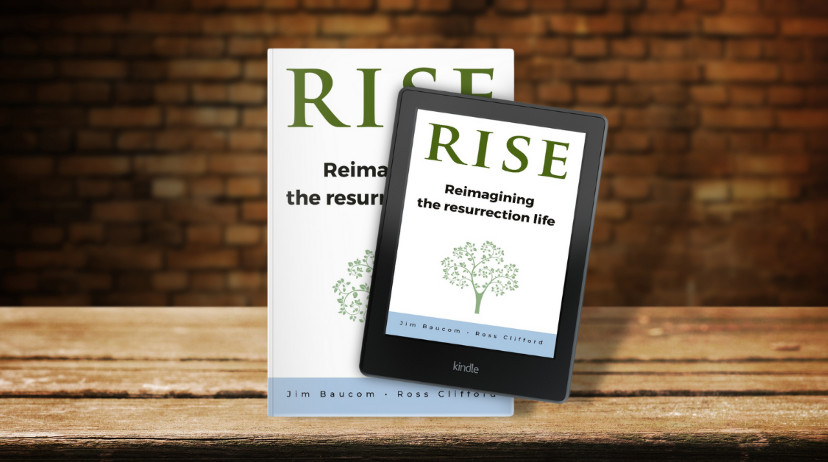The Easter Weekend and the Both-Ands of the Gospel
Written by David Starling
One of the beautiful things about Easter is the fact that it’s a twofold celebration: both Good Friday and Easter Sunday (with Maundy Thursday and Holy Saturday thrown in as a bonus for the church-calendar enthusiasts). That’s a good thing not only because it means we get two public holidays and an extra-long weekend. It’s also a good thing because it builds into the structure of our celebrations a reminder of several of the indispensable both/ands at the heart of the gospel.
Perhaps the most basic of these is the Acts 2:23//Acts 2:24 both/and. Acts 2:23 reminds us of the Good Friday dimension to the good news of the gospel: that even in the events of Jesus’s crucifixion, when “wicked men . . . put him to death by nailing him to the cross,” God’s saving, sovereign purposes were being fulfilled. Despite the wickedness and violence of the events that Good Friday commemorates, Peter can say with certainty that the handing over of Jesus to be crucified took place “by God’s deliberate plan and foreknowledge.” (Acts 4:24-28 makes the point even more emphatically.) And then Acts 2:24 immediately follows that with a reminder of the Easter Sunday dimension of the gospel story: “But God raised him from the dead, freeing him from the agony of death, because it was impossible for death to keep its hold on him.” God was not only invisibly, mysteriously, sovereignly at work in the events of Good Friday, fulfilling his purposes through the schemes of his enemies; he was also manifestly and miraculously at work in the events of Sunday morning, through the resurrection that reversed their verdicts and triumphed over their schemes. As people who walk by faith through all the darkness and difficulties of a fallen world, we need both these dimensions of the story of the gospel to hold on to.
Another of the Easter weekend both/ands can be found in Romans 5 and Romans 6, as Paul drills down into the meaning of Christ’s death and resurrection for us and the nature of our connection to those events. Romans 5 reminds us of the wonderful, Good-Friday-focused message of God’s saving love for us, demonstrated in the death that Christ died for us—his death in our place, as our substitute, to deliver us from the wrath we deserved through the blood that he shed in our place (Rom 5:6-9). And Romans 6 reminds us of the liberating, life- transforming, Good-Friday-and-Easter-Sunday-embracing message that we have died and been raised with Christ. The Easter work of God in Christ does not leave us in some kind of Holy Saturday limbo, forgiven but unrenewed, delivered from judgment but still slaves to sin. The gospel announces the doubly good news that we have been not only forgiven but also set free, buried and raised with Christ in order that we might live a new life (Rom 6:3-4).
I could go on. There’s the Good-Friday-focused both/and of 1 Peter 2:21-25, reminding us that Christ’s death is both the means of our salvation (“he himself bore our sins in his body on the cross”) and the pattern we are called to imitate (“leaving you and example, that you should follow in his steps”). There’s the Easter-Sunday-focused both/and of Matthew 28:5- 10, reminding us that the resurrection message is both an announcement (“he has risen from the dead and is going ahead of you”) and an imperative (“Do not be afraid. Go and tell my brothers . . .”).
But I’m hoping you get the pattern by now. All over the New Testament, the proclamation of those who testified to the events of Jesus death and resurrection is conveyed in a form that reminds us of the comprehensiveness of the good news that we believe. Both the mysterious sovereignty by which God fulfils his purposes even through dark and dreadful events and the miraculous power by which he swallows up death in resurrection; both the costly forgiveness accomplished for us by Christ’s death as our substitute and the newness of life into which we are brought through baptism into his death and resurrection; both the objective atonement accomplished through Christ’s sacrifice and the transformative pattern given to us in his example; both the announcement of the gospel that proclaims to us what God has done and the imperative of the gospel that summons us to respond, calling us from death into new life.
Happy Both/And Easter weekend!














